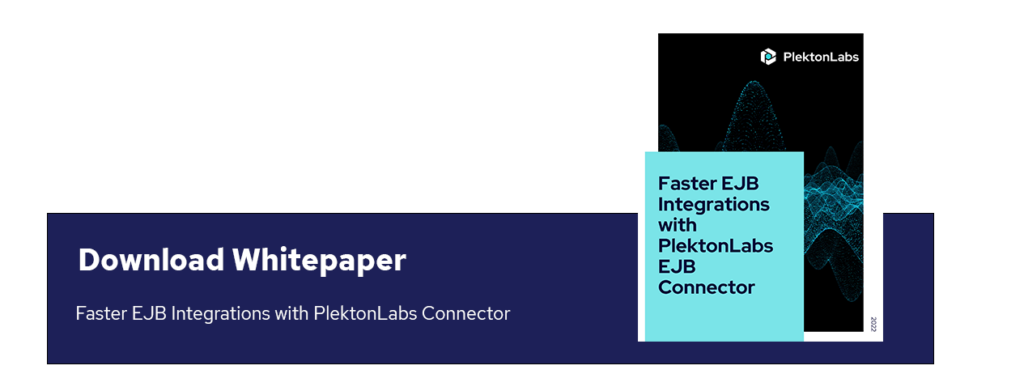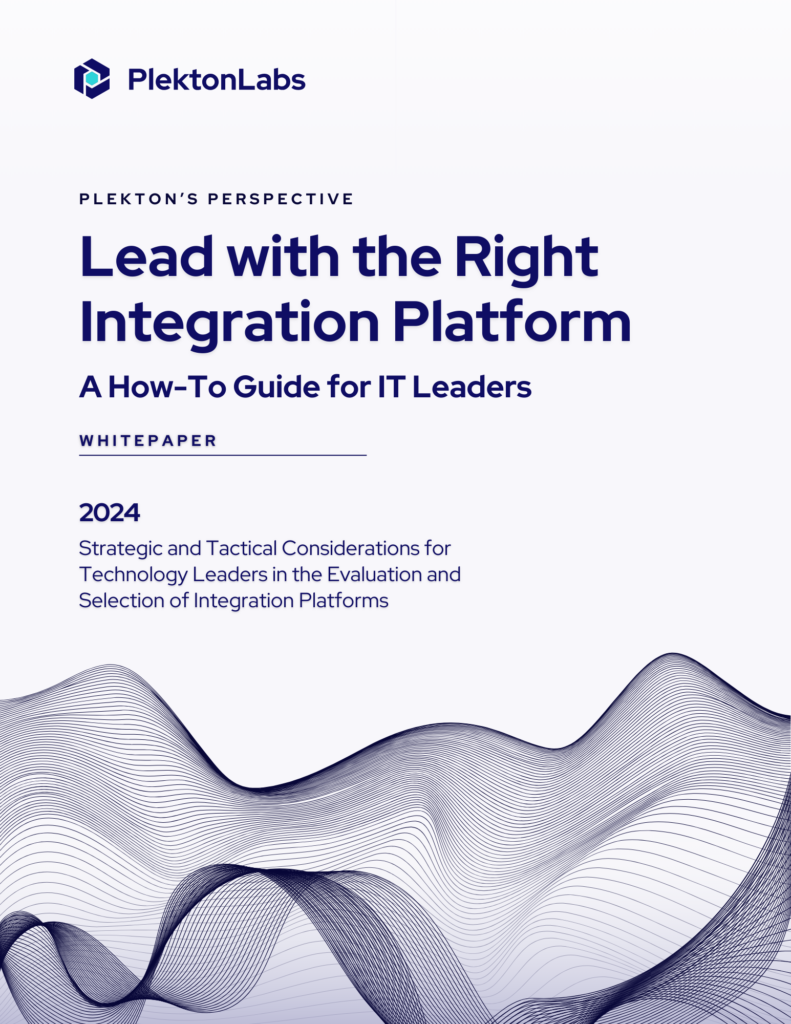The pace of the world is showing no sign of letting up, so the best thing for businesses and online enterprises is to put their foot on the gas and keep going. As organizations continue their journey across the digital transformation process, things like integration, automation, and artificial intelligence become pretty commonplace. But what could be the next step? The answer is simple: hyper-automation.
It has become quite clear that mundane tasks are a bane for companies. Repetitive processes use up valuable time and employee energy, both of which could be redirected to more innovative areas. Instead, they cause a lag in productivity and efficiency, and in the long run cost businesses money and resources.
Automation and AI have proved to be quite effective in this regard and a large number of day-to-day activities have been relegated to automated processes. In fact, an overwhelming majority of IT leaders believe that using automation for manual tasks saves up to 50% of their employees’ time.
But what about taking things even further? This article will look at hyperautomationーwhat it can offer businesses, how it works, and what issues arise from its implementation.
What Does Hyperautomation Mean?
Hyperautomation involves using the different kinds of automation technology available to speed up and streamline every possible operation or process across various levels of an organization. In other words, it uses a combination of different technologies including, but not limited to:
- Artificial Intelligence (AI)
- Machine Learning (ML)
- Robotic Process Automation (RPA)
- Intelligent Process Discovery
- Advanced Analytics
These technologies will enable enterprises to eliminate the need for manual operation of repetitive tasks. Hyperautomation is different from old-school automation, which uses a trained bot to perform certain tasks. However, the blend of technology used gives hyper-automation an added level of intuitiveness and intelligence. Thus, it absolutely transforms previously-used processes and allows businesses to use their resources more efficiently.
What Does It Look Like in Action?
Hyperautomation is slowly being used by various organizations in various industries. It allows businesses to keep up with fast-paced operations and save time over outdated and time-consuming processes.
Moreover, it ensures that standards for accuracy and consistency are maintained as there is no chance of human error. For instance, many banks and financial organizations use hyper-automation platforms to go through the financial data of potential customers.
The medical world also makes use of this technology. Hyperautomation can be used when creating and processing patient prescriptions, as well as billing and patient history for insurance companies.
The Advantages and Disadvantages of Hyperautomation
Hyperautomation works as a very effective tool for digital transformation and can manifest through various benefits.
Advantages
| Saves time | Completing repetitive tasks through automation cuts down on total lead time. |
| Reallocates resources | Instead of performing repetitive tasks, employees can focus on more important processes that require greater effort and analytic abilities. |
| Optimize workflows | Hyperautomation ensures tasks and processes are consistently completed on time |
| Improve agility | Collects and analyzes data and derives accurate insights that aid in the decision-making process |
| Eliminates errors | Automated processes are free from human error and offer consistency |
| Reduces costs | Improved efficiency and productivity reduce costs and increase revenue |
Disadvantages
However, there are a few issues that organizations need to be aware of before creating their automation strategy.
- It can be difficult for business leaders to convince stakeholders and investors to support a hyper-automation platform as it is still new and relatively unfamiliar.
- Employees can feel uncertain and think that their jobs are under threat as they will be replaced by automation.
- Finding the right strategy and roadmap for your automation can be a hit-or-miss process with false starts and mistakes.
- Business leaders may not know exactly what to expect, as well a misunderstanding on how to measure automation success.
The easiest way to navigate through these challenges involve bringing in an expert to help you plot your hyper-automation journey. Understand that there may be mistakes but see the process as a learning experience and make sure your employees are appreciated and secure about their roles.
Wrapping Up
Hyperautomation is set to take over many online-based organizations and other industries that have a focus on accuracy and consistency. As a result, there are platforms creating the technologies that businesses need to switch to hyper-automation-based processes.
For example, MuleSoft’s RPA is poised to allow end-to-end business automation in the very future. With hyper-automation, businesses are empowered to maximize their efficiency and meet the future at their own pace.





